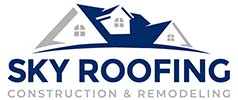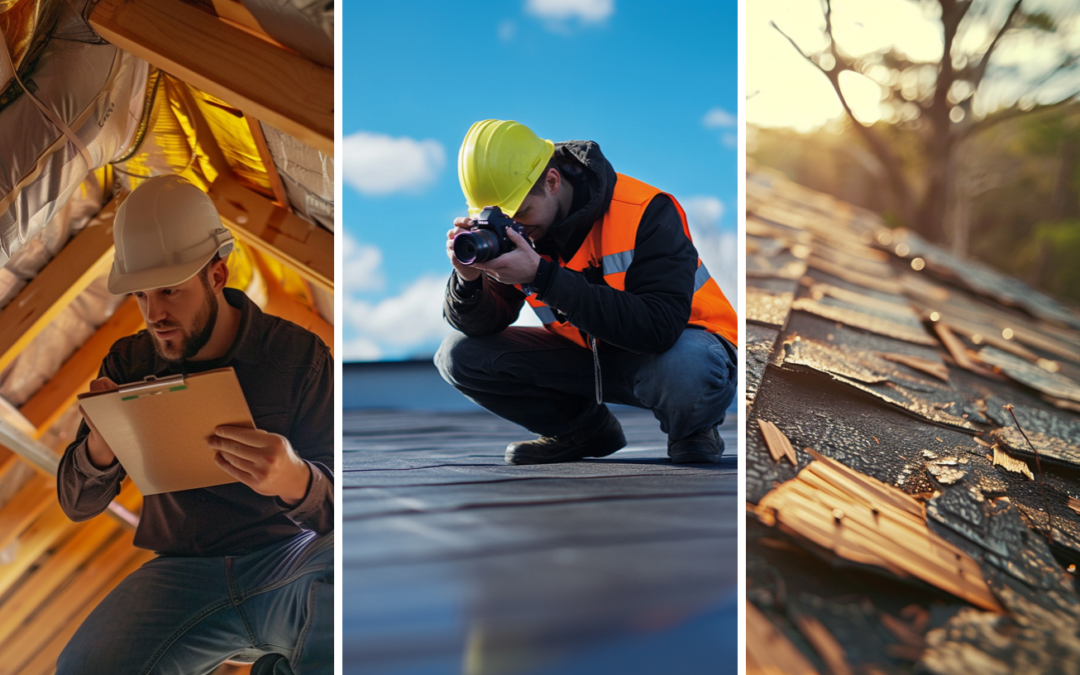Introduction to Visual Inspection
A thorough visual inspection enables homeowners to identify critical aspects that could indicate potential problems, such as the condition of shingles, moss or lichen growth, and debris accumulating in gutters.
These indicators are vital for understanding the overall health of your roof and can point to issues that, if left unchecked, may lead to expensive repairs. By prioritizing visual inspections and reviewing the inspection report, homeowners can enjoy cost savings through early detection of potential issues, significantly extending the lifespan of their roofs.
Additionally, a well-maintained roof enhances property value and curb appeal, making it an investment worth considering. Roofing inspectors recommend that homeowners conduct periodic assessments to ensure their roofs remain in top condition, helping to safeguard their investment over time.
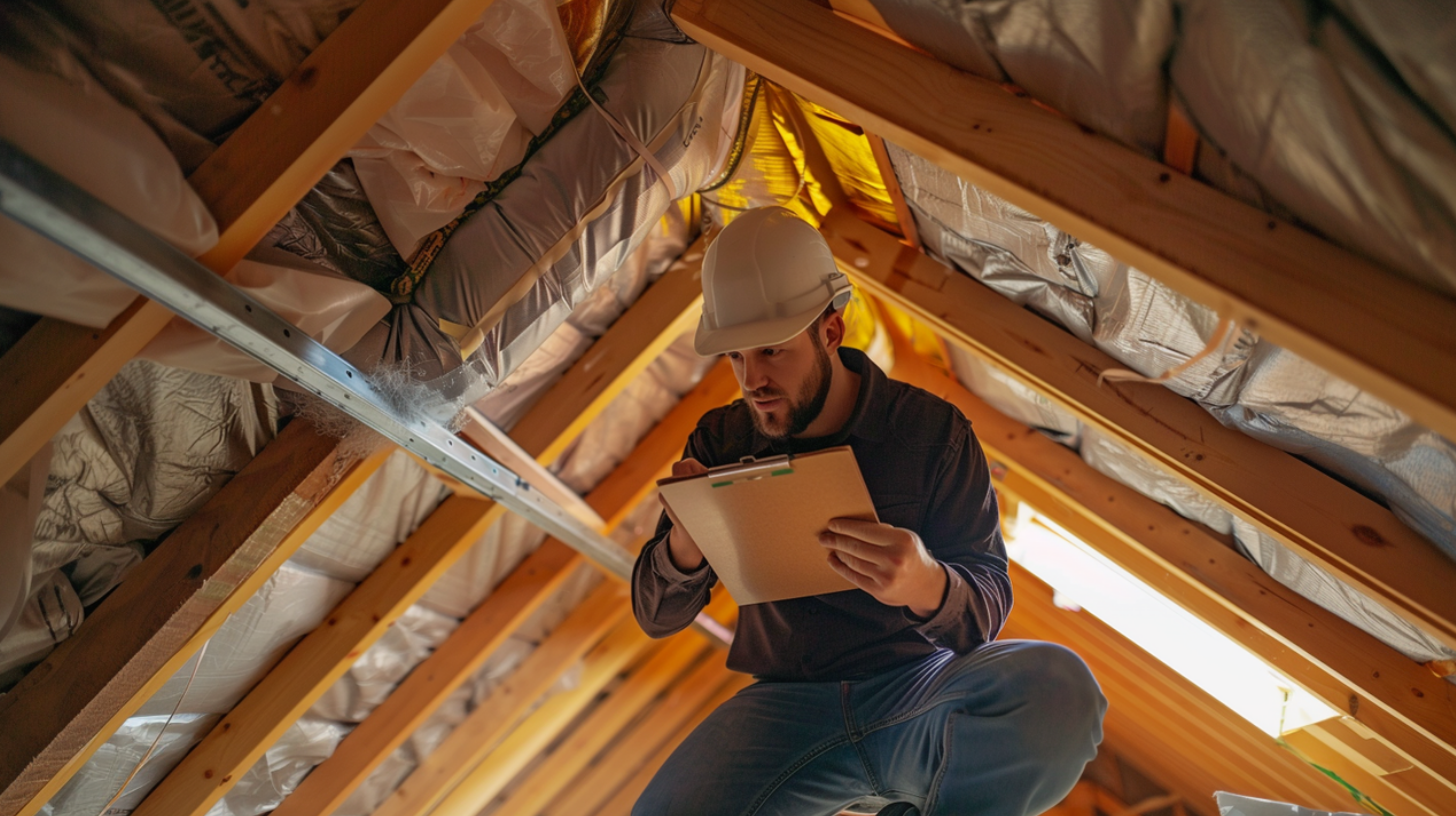
Visual Inspection - Key Components - Sky Roofing Construction & Remodeling
Key Components of a Visual Roof Inspection
Key components of this inspection include examining the roofing material for signs of wear and tear, checking for proper drainage and potential water damage, and assessing structural elements such as flashings and penetrations.
Additionally, inspecting for any growth of moss, algae, or lichen and evaluating the condition of gutters and downspouts play an essential role in overall roof health. Understanding these elements can empower property owners to take proactive measures, ensuring their roofs remain in optimal condition while enhancing the safety and value of their property.
Exterior Roof Inspection
During the inspection, checking gutters and downspouts for debris or granules is crucial, as these can indicate underlying issues that may need attention. Additionally, inspecting the flashing for rust or loose seals helps to identify potential weak points that could lead to leaks or further deterioration.
This initial assessment highlights visible problems and provides vital clues for uncovering hidden issues requiring more in-depth examination. By prioritizing regular exterior roof inspections, homeowners can proactively address concerns, ultimately preserving the longevity and performance of their roofing system.
Interior Roof Inspection
In addition, crucial areas like attics and crawl spaces must be scrutinized for insulation and ventilation issues that may compromise the roof’s overall performance and lead to costly repairs. By identifying these factors early, homeowners can proactively protect their investments.
After the inspection, findings are meticulously documented in a detailed report, offering homeowners a clear understanding of any issues present and recommendations for necessary repairs or improvements. This comprehensive approach ensures that the home’s roofing system remains in optimal condition, safeguarding it against future challenges.
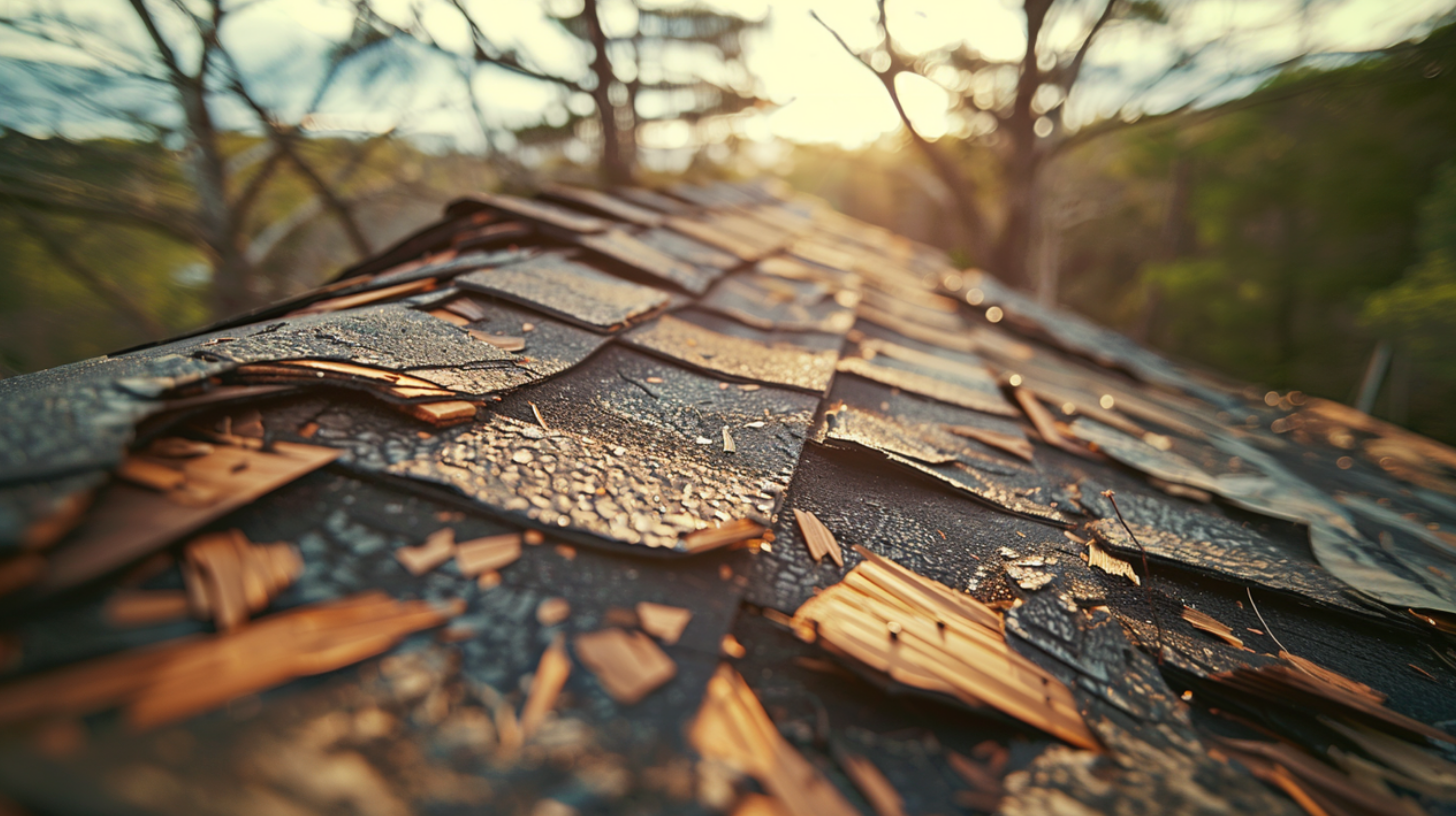
Visual Inspection - Common Issues Identified - Sky Roofing Construction & Remodeling
Common Issues Identified During a Visual Inspection
Additionally, moss or lichen can suggest moisture problems, as these growths thrive in damp conditions. It’s crucial to address moss growth early, as it can trap moisture against the roof surface, exacerbating damage over time.
Homeowners should also be aware of asphalt grit buildup in gutters, which can signal the need for roof replacement. This grit indicates that the protective granules on shingles are wearing away, which can lead to more significant issues.
Timely visual inspections by professional roof inspectors are essential, particularly after severe weather events, to ensure any damage is promptly addressed and the roof’s integrity is maintained. Regular inspections can save homeowners from costly repairs in the long run
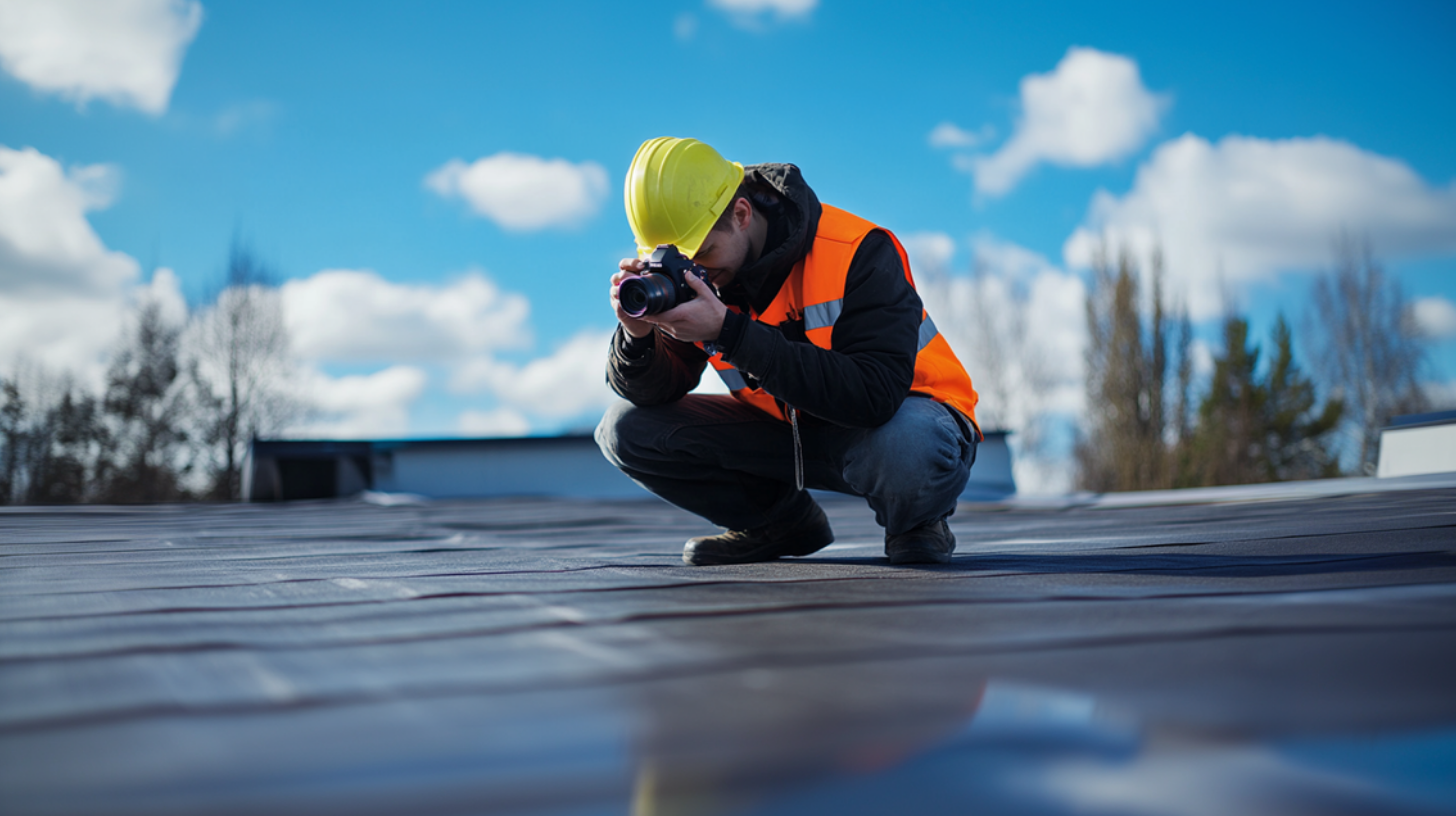
Visual Inspection - Tools and Techniques Used - Sky Roofing Construction & Remodeling
Tools and Techniques Used in Visual Inspections
Understanding the tools available and how to use them effectively is essential for anyone looking to manage their roofing system proactively. Whether it’s using binoculars for distant examination, drones for hard-to-reach areas or moisture meters to detect underlying water damage, the right approach can provide valuable insights into the health of your roof.
Exploring these tools and techniques can empower property owners to safeguard their investments and ensure long-lasting protection against the elements.
Tools for Roof Inspection
Safety equipment, such as harnesses and hard hats, ensures inspectors remain safe while working at heights. A moisture meter is vital for detecting hidden signs of water damage, providing insights into the overall condition of your roof.
Together, these tools play a significant role in assessing shingle condition, determining flashing integrity, and evaluating roof ventilation efficiency, leading to informed decisions about necessary repairs or maintenance.
Techniques for Effective Inspection
Walking the roof provides a more direct view; however, safety is ensured by using proper footwear and equipment. Pay particular attention to flashing and seals, as these are common areas where water damage may occur. Look for wear, gaps, or deterioration that could lead to leaks.
Don’t overlook the gutters; they should be clear to facilitate proper drainage. Documenting your findings is crucial, as it provides a detailed record for discussion with professional roofing experts. This proactive approach not only protects your investment but also ensures you are informed about the condition of your roof.
When to Schedule a Visual Roof Inspection
Additionally, if you’re preparing to sell or purchase a property, a comprehensive roof inspection is vital to ensure there are no hidden problems that could lead to costly repairs down the line. Look for signs such as cracked shingles, water stains, or sagging areas, which may indicate the need for an immediate inspection or even a warranty claim.
Prompt assessments by a roofing contractor can uncover glaring problems early, allowing homeowners to address issues before they worsen. This proactive approach can significantly extend the lifespan of your roof, safeguarding your investment and ensuring comfort for years to come. Prioritizing professional roof inspections is a wise decision for any conscientious homeowner.
Schedule Your Visual Roof Inspection Today
A visual inspection is a critical step in preserving the longevity and value of your roof. Regular assessments help catch potential issues early, preventing costly repairs and protecting your home. For a thorough evaluation and expert advice, contact Sky Roofing Construction & Remodeling (skyroofingconstructiontx.com) to schedule a roofing consultation. Our team is ready to assist you—call us today at (210) 942-9797 to ensure your roof is in top condition.
Willis Vachon is a seasoned contributing writer for Sky Roofing Construction & Remodeling, specializing in the technical and safety aspects of roofing construction. With a keen eye for detail and a passion for ensuring quality and safety in every project, Willis provides valuable insights that help both professionals and homeowners make informed decisions about their roofing needs.
